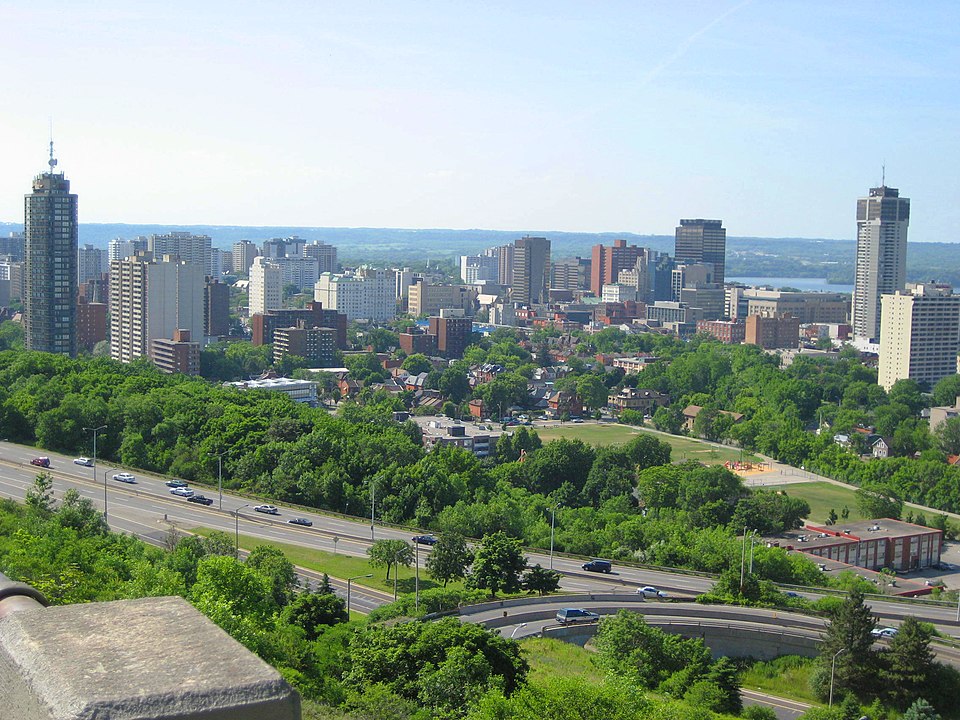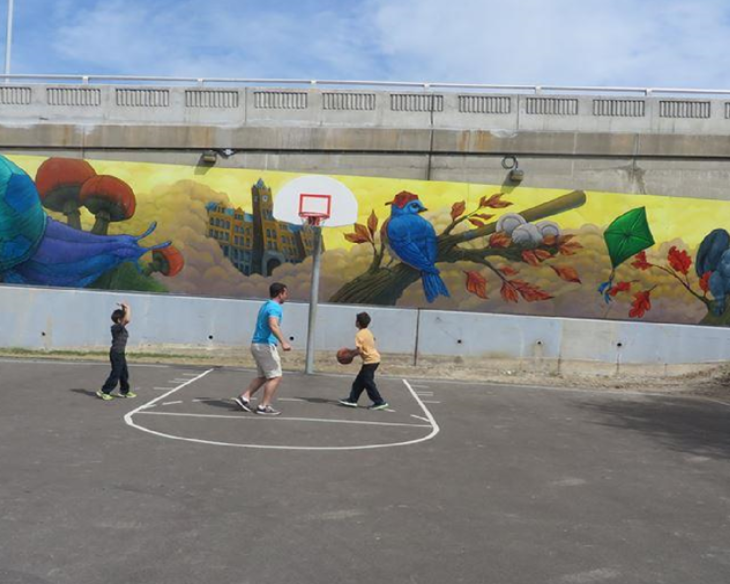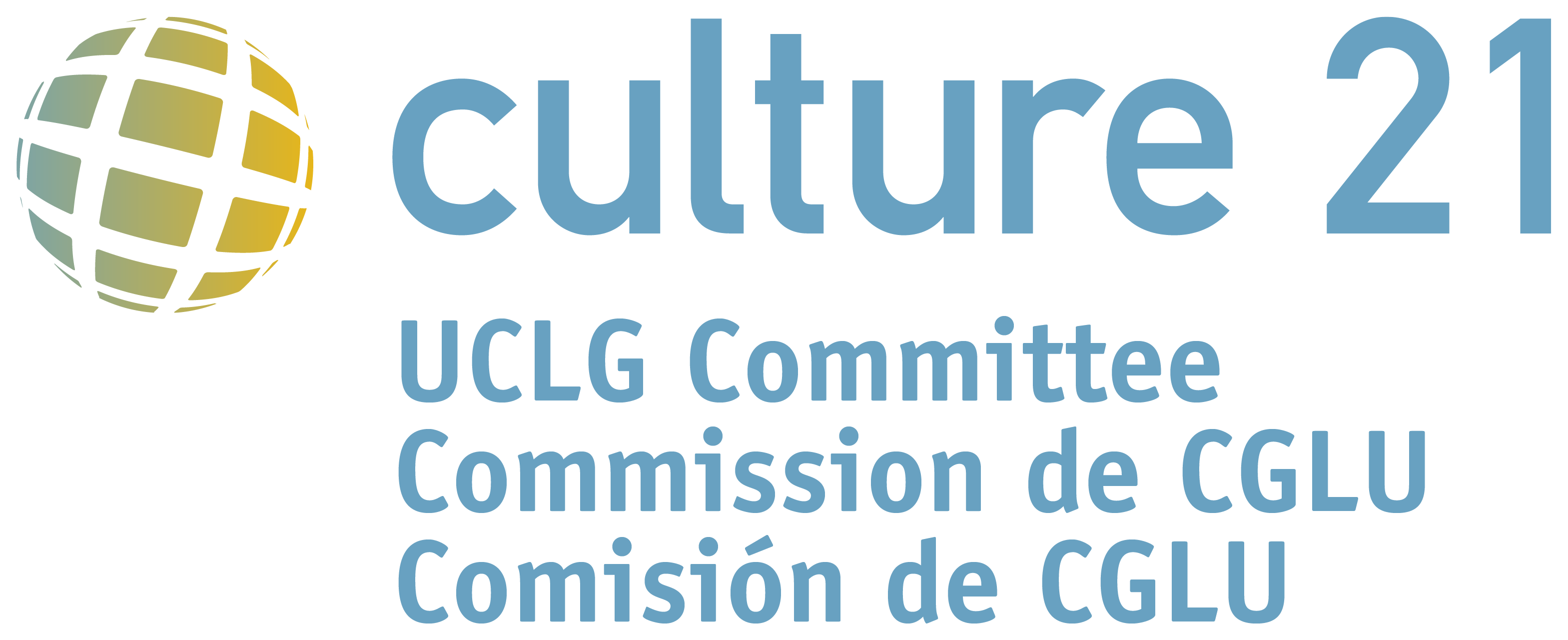 - © Nhl4hamilton at English Wikipedia (Original text: Rick Cordeiro)
- © Nhl4hamilton at English Wikipedia (Original text: Rick Cordeiro) - © Culture 21 UCLG Committee
- © Culture 21 UCLG Committee - © Culture 21 UCLG Committee
- © Culture 21 UCLG Committee
City
Hamilton
Main actors
City Government, NGO / Philanthropy, Community / Citizen Group
Project area
Neighborhood or district
Duration
Ongoing since 2013
A participatory and sustainable cultural plan
Hamilton’s Cultural Plan builds on the Agenda 21 principle of participatory governance
The City of Hamilton’s Cultural Plan emphasizes the importance of culture as a factor in the creation of wealth and economic development. A pilot study in eight neighbourhoods used cultural asset mapping data to visualize culture’s role in place making. Culture was recognized as a key driver within the 2016-2020 Economic Development Action Plan. One key area of focus is business development of Creative and Cultural Industries.
Hamilton’s Cultural Plan supports the worldwide movement to embed a cultural lens within City agendas. This view has garnered broad community support with 92% of Hamiltonians stating culture is key to the quality of life in Hamilton.
This study case has been elaborated on the basis of a good practice provided by the City of Hamilton and promoted by the Committee on Culture of United Cities and Local Governments. The original document can be found here.
In 2004, the City Council requested staff to investigate the development of a Cultural Plan for the City of Hamilton. The pre-cursor to Council’s endorsement was a series of forums hosted by the Ontario Ministry of Culture and a newly formed Municipal Cultural Planning Partnership to explore the international practice of cultural planning. The manager of civic museums in Hamilton at the time attended the forums and saw the opportunity for Hamilton to shift from single-stream services (e.g.: museums) to an emerging practice that would bring a holistic approach to culture.
Securing resources and Council approval was the start of what would become Hamilton’s first Cultural Plan. The project was multi-phased, garnering increasing levels of support, and ultimately establishing a Cultural Plan that embeds culture as the fourth pillar of sustainable development. The milestones included building capacity (experts), cultural mapping, and identifying linkages with other municipal, regional and provincial policies. The policy linkages were vast and at that time, the future Cultural Plan demonstrated alignment to major plans of the day, such as the Official Plan, Vision 2020, the Strategic Plan, and significant regional studies. In addition, it linked to plans in a wide range of categories such as land use, social, economic development, creative cultural sector, and public art.
The overall goal of the project was to transform the City’s understanding of and approach to culture. For Hamilton, this meant embedding cultural awareness into the City’s approach to city-building and planning. The result was the Cultural Plan that positions culture as key to Hamilton’s sustainable future as a vibrant, successful and complete community. Council approved the Cultural Policy in June 2012 and the Cultural Plan in October 2013.
The intent of the plan is to guide the work of City staff through collaboration and a “shared responsibility for culture” that ultimately serves the 550,000 citizens of Hamilton.
Hamilton’s cultural renaissance is well underway and Hamilton’s Cultural Plan set high level priorities for city-building through cultural development. The ongoing project is a city wide, holistic, integrative and multi-year plan which sets goals and a common lens rooted in the Council approved Cultural Plan.
By setting a formal holistic and integrated Cultural Plan, with input from more than 2,300 stakeholders using a variety of engagement methods, Hamilton placed people at the centre of the Cultural Plan.
The Cultural Plan is organized around eight transformational goals:
- Culture as an Economic Engine
- Downtown Renewal
- Quality of Life Quality of Place
- Build Tourism
- Neighbourhood Revitalization
- Build Community Identity, Pride, and Image
- Encourage Welcoming Communities
- Creativity for All
The main actions carried out during the planning phase of Hamilton’s Cultural Plan:
- “Democratic Innovation” through the Citizens’ Reference Panel
- Public Roundtable Meeting Co-Hosted by Citizens
- On-line Survey
- Uncommon Voices
- Creation of animated video - “What is Culture and Why Does it Matter?”
- Final public workshop (plus a National Engagement Award)
- National Award of Excellence: Cultural Plan
The Cultural Plan is embedded in the following ongoing projects:
Storytelling project (2016 to present)
The Hamilton Public Library is leading a Storytelling project which has established a framework to build a community narrative. The project started as a pilot to build the technology platform (2016) and is now an ongoing program that aligns to the Cultural Plan (Building Community Identity and Pride).
CityLAB Hamilton (2017 to present)
CityLAB is an innovation hub for experimental projects co-designed by City staff and students from McMaster University, Mohawk College and Redeemer University College. The model embraces design thinking and supports the four pillars of sustainable development, including cultural vibrancy.
Food strategy (2016 to present)
Hamilton’s corporate Food Strategy is led by Public Health; the strategy acknowledges the importance of food as a cultural expression that connects people and builds strong communities. Culture assists in celebrating unique local food and promoting culinary arts.
Urban Indigenous Strategy (2017 to present)
There are 15,000 urban Indigenous peoples living in Hamilton. The City is developing an Urban Indigenous Strategy that will strengthen the City’s relationship with the Indigenous community and promote a better understanding among all residents about Indigenous histories, cultures, experiences and contributions.
The lead agency for the project is the City of Hamilton. The City has secured public funding for culture by means of the necessary instruments.
Staff from the City of Hamilton have been working with McMaster University’s Student Union to expand student engagement, and participation in culture via on-site events at McMaster University. In April 2015, McMaster University’s Digital Storytelling Project documenting Hamilton’s intangible heritage was awarded a $200K grant over three years from the Social Science and Humanities Research Council.
Impact in Hamilton
The Cultural Plan represented a philosophical shift within Hamilton. When it was approved, one of the Councillors remarked that it “is a game changer” and the local paper featured an article titled “Cultural Plan signals philosophical shift at City Hall”. Perhaps most notably, culture has been integrated into major City plans:
- Hamilton’s Environmental Summit (2014) tackled a broader sustainability agenda and held a panel representing each of the four pillars of sustainable development (including Culture), as input into the Vision 2020 update;
- Tourism Strategy (2015), in which the Arts, Culture and Entertainment market is featured as one of three priority markets;
- Updated Strategic Plan (2016), in which one key direction is "Culture and Diversity" and nine of the 11 key directions are supported by culture;
- Economic Development Action Plan (2016), within which culture is reflected in the major goal of “vibrant commercial and cultural districts and places” and acknowledged as a key driver for talent attraction;
- Corporate Food Strategy (2016), in which food is acknowledged as a cultural expression that connects people and builds communities – the most recent project centres on attracting visitors through unique farm-based agricultural experiences;
- Neighbourhood Action Strategy (2016), in which culture is a tool for community revitalization.
Impact in Canada
Hamilton’s Cultural Plan has also impacted Cultural Planning in Canada; Hamilton earned national recognition from the Creative City Network for “adopting and implementing an excellent Culture Plan with a process that demonstrates outstanding visionary leadership”. The criteria used included collaborative public engagement, strategic integration with local government services, integration of all aspects of sustainability (four pillars), and an innovative approach and a vision relevant to the community.
Maintaining meaningful ongoing citizen involvement has been a challenge. Although the City started strong with an open process and recruited passionate people to serve on a Cultural Roundtable, there was a challenge in sustaining a meaningful role for the group.
A second obstacle is that approximately one-third of the actions in the (ambitious) plan are un-resourced. In some cases, other stakeholders are responsible for carrying out the actions and competing priorities have limited advancements.
A third obstacle is implementing a Cultural Report Card that informs City Council and citizens of the cumulative impact of culture. Annual reports on the status of the Cultural Plan summarize activities and highlight achievements but do not measure progress on longer term impacts in a logical framework. A wish list of measures has been drafted (based on community and City staff input), but the project will require new custom research and design expertise to successfully develop.
The City of Hamilton has not evaluated its Cultural Plan to date, but a progress report is presented yearly to the City Council. The City is committed to reviewing the successes and gaps by conducting open consultations in order to move forward with collective ownership and a shared responsibility for culture.
In addition, the City of Hamilton plans to continue the development of its Cultural Report Card that would measure and explain the impacts of culture, not only year to year, but also cumulatively. There is growing interest across Canada to measure culture and Hamilton is participating in the National Cultural Statistics Consortium led by the Department of Canadian Heritage. The first “proof of concept” GDP and job figures were released in February 2018 and Hamilton would like to conduct a local study to help validate the data for Hamilton.
Hamilton earned national recognition from the creative city network for "adopting and implementing an excellent culture plan with a process that demonstrates outstanding visionary leadership".
Hamilton was one of seven municipalities that participated in the development of a guidebook on cultural indicators led by the Canadian Urban Institute. Hamilton hosted in 2014 the annual Creative City Summit of Canada, further promoting the principles of cultural cooperation and solidarity. Most recently, Hamilton was invited to Helsinki by the Nordic Urban Lab, to co-present on cultural planning in Canada.
External links / documents
On Map
The Map will be displayed after accepting cookie policy

